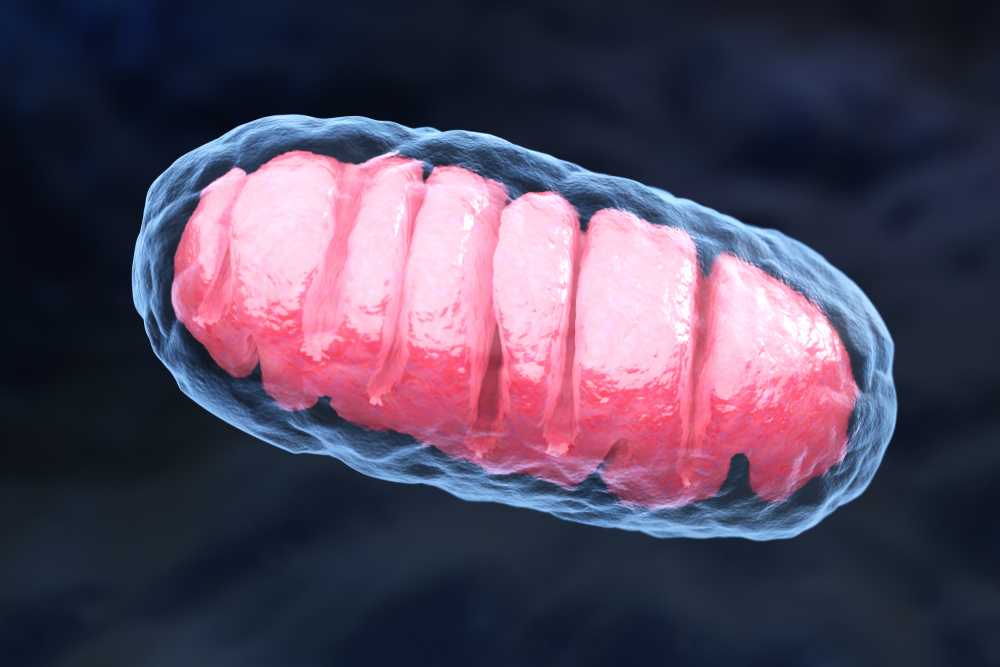Scientists Identify Potential Biomarker That Could Open New Avenues for Parkinson’s Treatment

Researchers have found a compound that can rescue dopaminergic neurons from cell death and improve locomotor activity in fly models of Parkinson’s disease.
Their findings were published in a study, “Miro1 Marks Parkinson’s Disease Subset and Miro1 Reducer Rescues Neuron Loss in Parkinson’s Models,” in the journal Cell Metabolism.
The identification of reliable molecular biomarkers that can distinguish Parkinson’s from other conditions, monitor disease progression, or provide insight about a patient’s response to a given therapeutic intervention would be groundbreaking in the field of Parkinson’s research.
Evidence indicates that dysfunctional mitochondria — i.e. the powerhouses of cells — may be a causative mechanism behind this neurodegenerative disorder. When mitochondria are dysfunctional, the body eliminates them through a process called mitophagy, whereby mitochondria are sent to cellular compartments called lysosomes, the cell’s so-called “recycling center.”
A series of proteins direct damaged mitochondria to lysosomes. For mitochondria to be recycled, these same proteins must remove Miro1, a protein found on the outer membrane of mitochondria that attaches them to the cells’ cytoskeleton. Miro1 has been linked to multiple Parkinson’s-causing genes.
Like the skeletal system, the cytoskeleton offers structural support, helps cells move around, and enables the transport of molecules and organelles, including mitochondria, inside cells.
In Parkinson’s, cells are not able to remove Miro1 from mitochondria, which then don’t get to be recycled and end up becoming toxic and eventually killing the cell — contributing to neurodegeneration.
Stanford University researchers investigated the clinical utility of Miro1 for detecting Parkinson’s and its potential in developing treatment strategies.
The scientists reproduced in the laboratory the biochemical process that leads to mitochondria degradation. They did so in skin fibroblasts from 71 Parkinson’s patients, three at-risk subjects, 10 individuals with other neurological disorders including Huntington’s disease and Alzheimer’s, and 12 healthy controls; all patients were included in the National Institute of Neurological Disorders and Stroke and the Parkinson’s Progression Markers Initiative cell repositories.
Results revealed 94% of Parkinson’s fibroblasts could not remove Miro1 from mitochondria, but cells from the controls and patients with other movement disorders had no trouble doing so. This Miro1 defect was also observed in all of the at-risk subjects.
“We’ve identified a molecular marker that could allow doctors to diagnose Parkinson’s accurately, early and in a clinically practical way,” Xinnan Wang, MD, PhD, associate professor of neurosurgery and lead author of the study, said in a news release.
“This marker could be used to assess drug candidates’ capacity to counter the defect and stall the disease’s progression,” Wang added.
Using artificial intelligence, the scientists screened 6,835,320 commercialized small molecules, all of which were able to bind in some way to the Miro1 protein. Their analysis showed four of these molecules were non-toxic, orally available, able to cross the blood-brain barrier, and would significantly reduce Miro1 levels in fruit flies by facilitating its separation from mitochondria.
One of these four tested compounds, which scientists called a “Miro1 reducer,” was then used to treat fibroblasts from a patient with Parkinson’s of unknown cause (also known as idiopathic). The compound improved Miro1 “detachment” in damaged mitochondria within these cells.
Three distinct fruit-fly strains modelling Parkinson’s-like symptoms were fed the Miro1 reducer for their entire life span (around 90 days). The compound showed no toxicity towards the animals’ physiology, prevented dopaminergic neuronal death in all fly models, and rescued locomotor deficits in two of these models.
“Our hope,” Wang said, “is that if this compound or a similar one proves nontoxic and efficacious and we can give it, like a statin drug, to people who’ve tested positive for the Miro-removal defect but don’t yet have Parkinson’s symptoms, they’ll never get it.”
Stanford’s Office of Technology Licensing has filed a provisional patent for the use of the Miro1 reducer in Parkinson’s and other neurodegenerative diseases. Wang has formed a company called CuraX to speed up the molecule’s development.
“Our results indicate that tracking this Miro1 marker and engaging in Miro1-based therapies could open new avenues to personalized medicine,” the researchers said.






